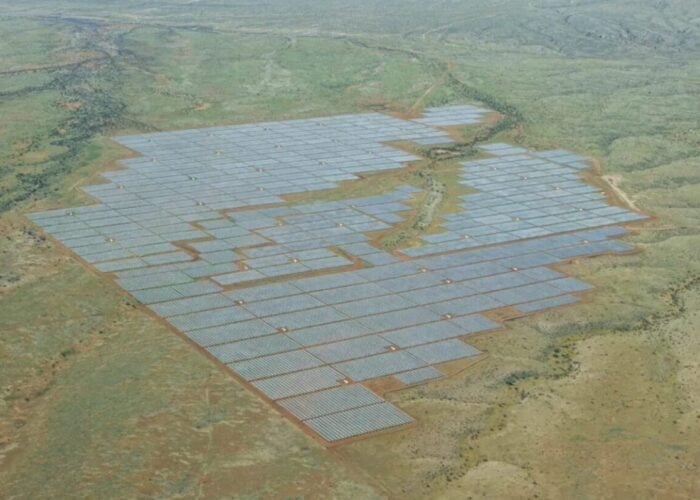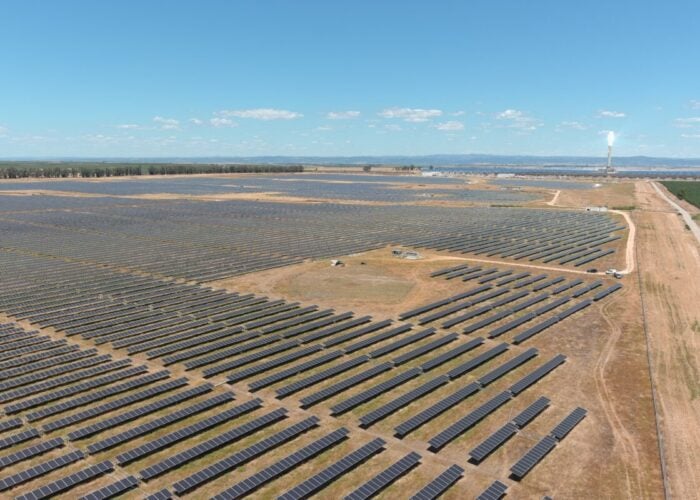
Technology companies are the biggest commercial investors into the solar power sector in the US, with Meta, Amazon and Google using the greatest capacity of solar power in the country.
This is the headline takeaway from the latest edition of the ‘Solar Means Business report, published by the US trade body, the Solar Energy Industries Association (SEIA). The latest report covers figures up to the end of the first quarter of 2024 and notes that Meta leads all companies in terms of cumulative purchased solar capacity, with 5,177MW in operation, ahead of Amazon (4,668MW) and Google (2,595MW).
Unlock unlimited access for 12 whole months of distinctive global analysis
Photovoltaics International is now included.
- Regular insight and analysis of the industry’s biggest developments
- In-depth interviews with the industry’s leading figures
- Unlimited digital access to the PV Tech Power journal catalogue
- Unlimited digital access to the Photovoltaics International journal catalogue
- Access to more than 1,000 technical papers
- Discounts on Solar Media’s portfolio of events, in-person and virtual
Other technology giants Apple and Microsoft also feature in the top ten, having bought 1,156MW and 551MW of capacity respectively, while retail companies are also well-represented, with Target and Home Depot boasting the sixth- and tenth-most cumulative capacity among US companies. Meta led all companies in annual purchases between 2018 and 2022, adding a peak of 1,464.9MW of capacity in 2021, but its rate of capacity additions has slowed since 2022.
As shown in the graph below, both Amazon and Google acquired more capacity in the five quarters following the end of 2022, with Amazon adding 3,556MW of capacity over this period, more than double that which Meta added.
The graph also demonstrates how capacity additions have varied considerably over time for a number of companies. Neither Microsoft nor food provider Cargill added new capacity since the end of 2022, and still boast the seventh-most and 11th-most cumulative capacity in the US. Cargill’s additions have been particularly infrequent, with the company only commissioning new solar projects in 2020 and 2021, with the SEIA reporting no capacity additions for the majority of the last decade.
The SEIA’s data also demonstrates the rapid acceleration in the pace of new capacity acquisitions. In 2014, Target added the most new capacity among companies, with just 39.7MW of new additions; in the five quarters to Q1 2024, Amazon added close to 100 times that capacity.
The association has also tracked, for the first time, additions of battery energy storage systems (BESS) at corporate facilities, and notes that Google, Apple and Meta also feature among the top ten companies in terms of installed storage capacity.
Amazon boasts the largest project pipeline
“Adding new solar energy to the grid is a critical aspect of our approach to ensuring our data centres are supported by clean and renewable energy,” said Carolyn Campbell, head of clean and renewable energy, east, at Meta.
Looking ahead, the SEIA said Amazon has the largest project pipeline in the US, with 13.6GW of new capacity currently in its pipeline. This compares to nearly 6GW in the pipelines of both Meta and Google, which are themselves “over ten times larger” than any of the other companies profiled.
Companies profiled in the report also suggested that the Inflation Reduction Act (IRA) was a key motivating factor behind the decision to install new solar and storage capacity at their sites. They also said that interconnection reforms, community solar legislation and simpler processes for monetising tax credits as policies that would encourage the greater installation of solar and storage facilities.
While most commentators have suggested that new US president Donald Trump will struggle to repeal policies such as the IRA, there is still concern about the role of solar in the US considering his long-standing support for fossil fuels.






